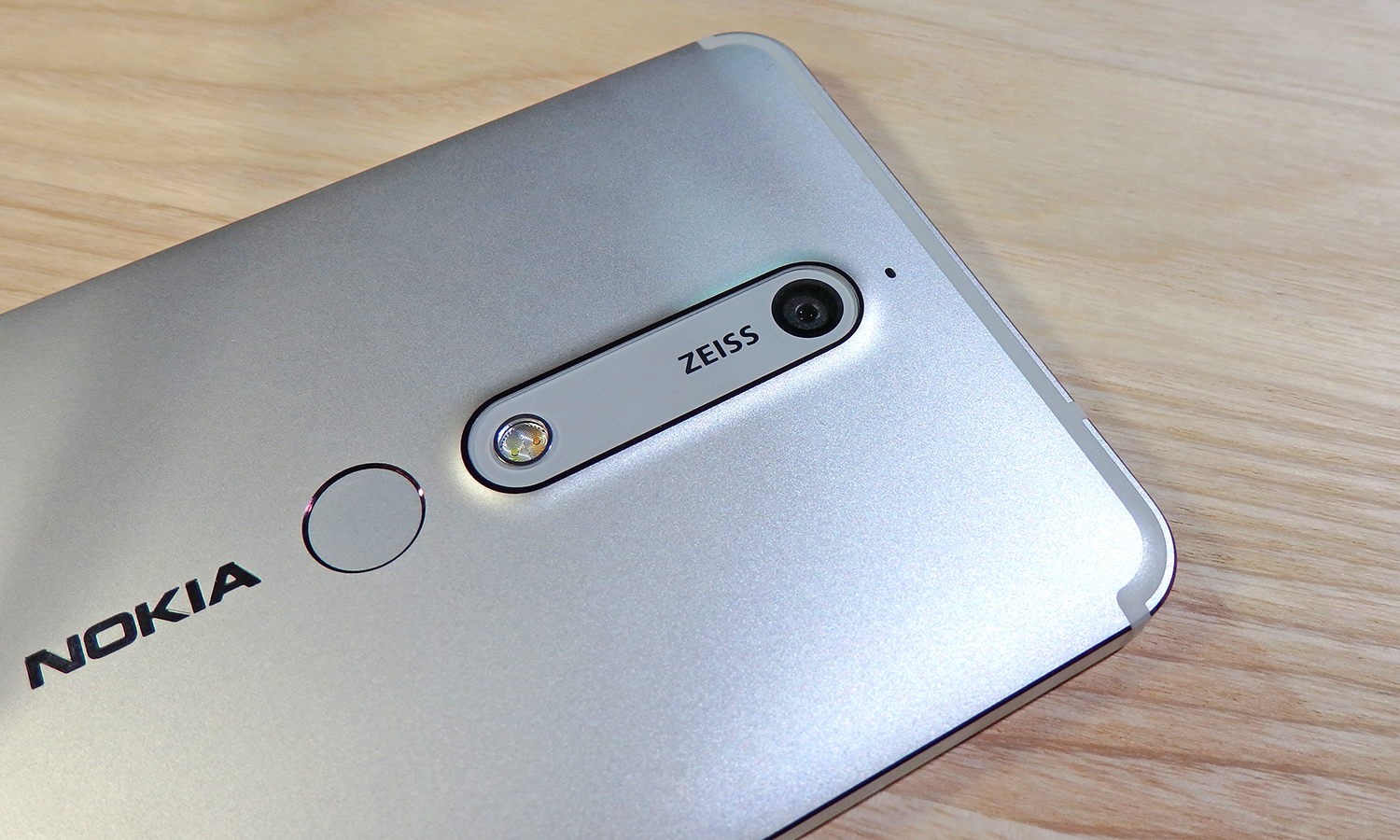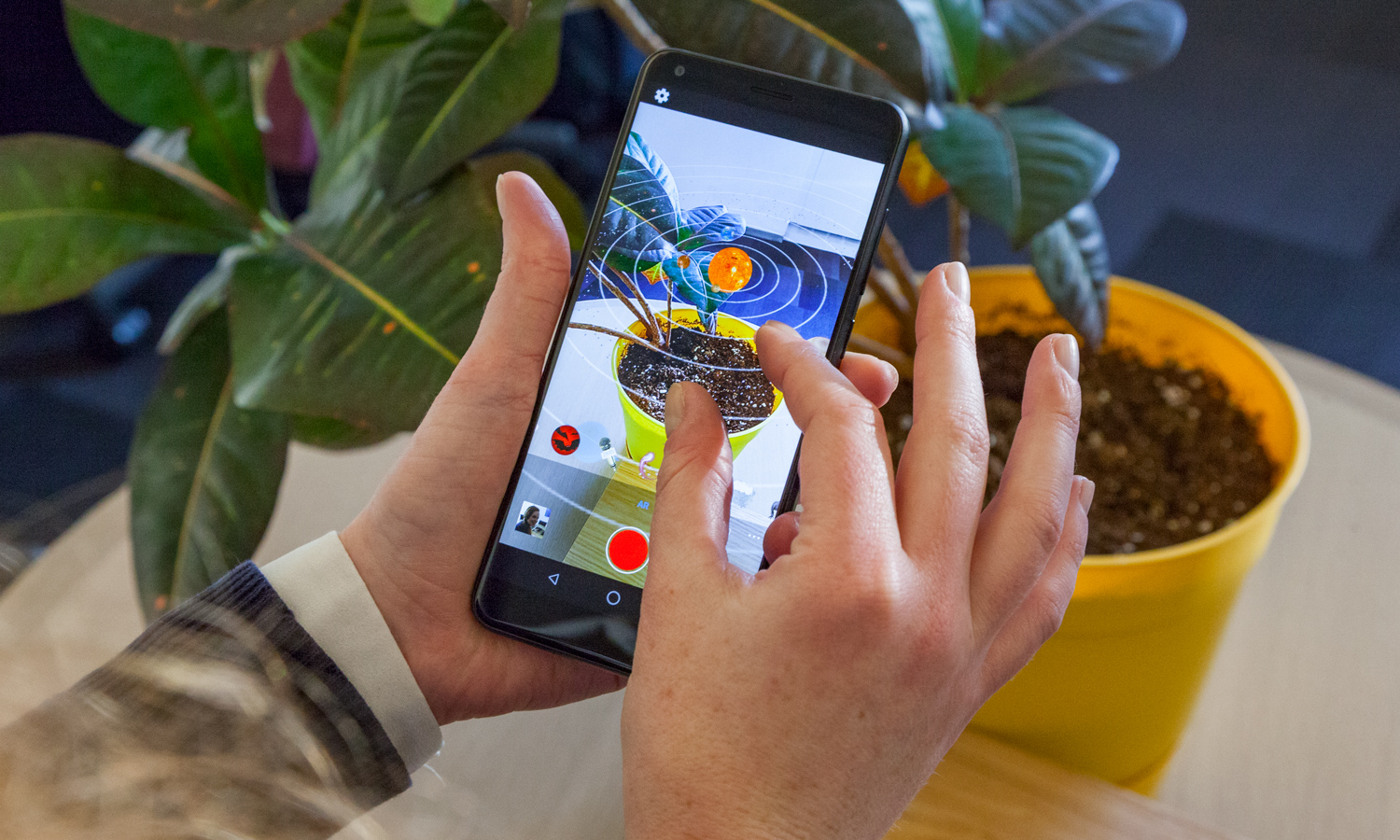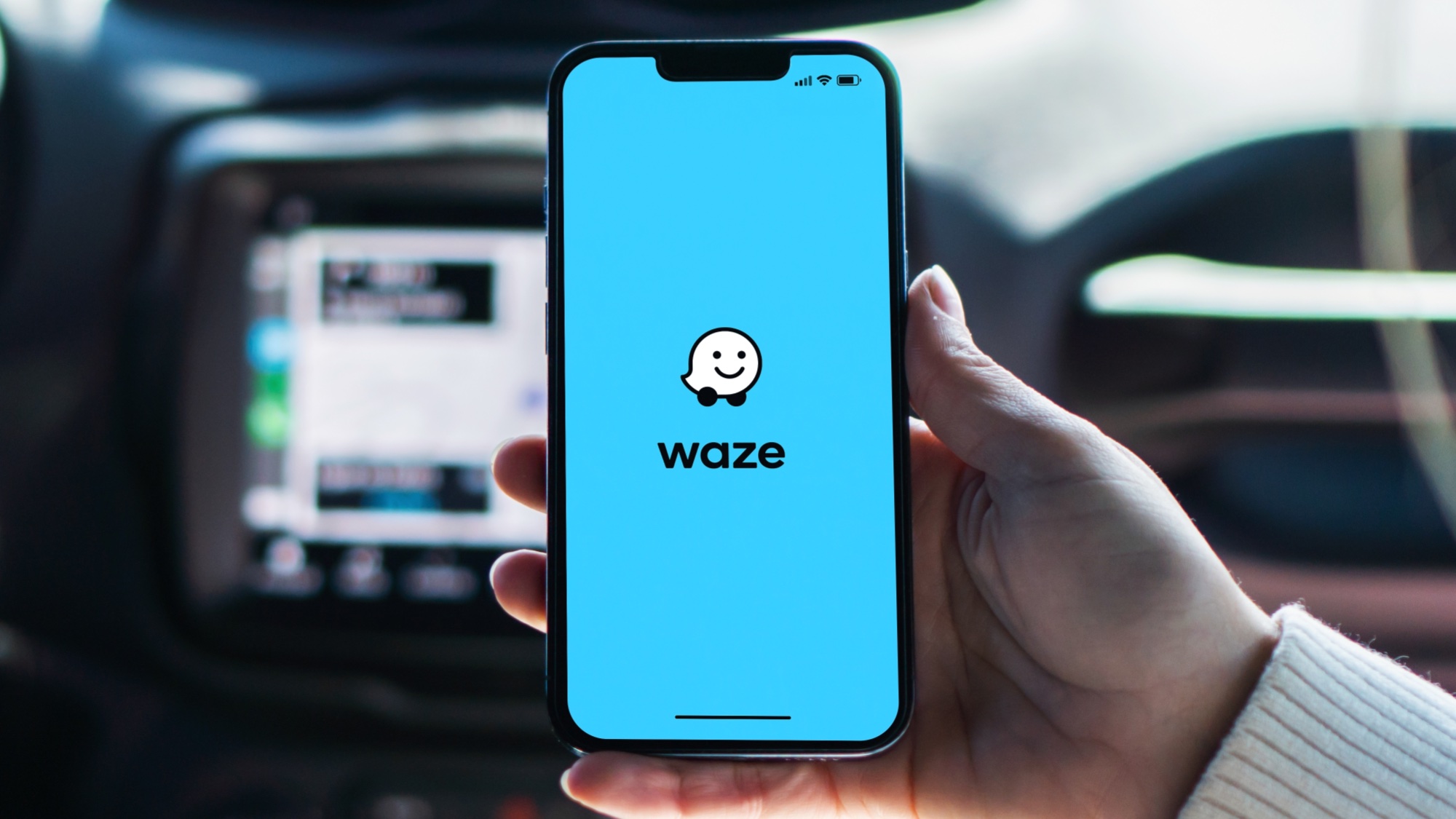As Nokia Joins Android One, Stock Phones Gain Steam
As more companies adopt stock Android on new phones, Nokia leads the charge with four new Android One and Android Go devices.
Nokia has thrown its name in the ring as the latest Android partner to commit to Android One, Google’s initiative to standardize Android hardware and software across multiple devices.

Three of the Android phones Nokia announced at Mobile World Congress: the Nokia 8 Sirocco, Nokia 7 Plus and Nokia 6, will all employ Android One. Nokia says owners of these phones can expect regular security patches and special optimizations for Google apps and services, like Google Assistant.
Meanwhile, the Nokia 1, an entry-level handset with 1GB of RAM, will support Android Go (think Android One, but engineered for the least powerful phones).
Android One has existed since 2015, but is only now starting to gain steam as more manufacturers bend to users’ preferences for stock Android, faster updates and less fragmentation.
Aside from unnecessary notches, one refreshingly positive trend out of Barcelona this year was an industry-wide shift toward a cleaner, more consistent Android experience. ZTE, a company that launched three budget-focused handsets at MWC, is supporting Android Go with its Tempo Go, while its other two new devices, the Blade V9 and Blade V9 Vita, don’t employ Android One but have adopted a similar stock look and feel.

Last year, Motorola launched the Moto X4 Android One Edition, the first Android One device sold in the U.S. Although we found it to be a little on the expensive side, the phone was a pleasure to use, and we particularly liked how it offered Pixel-style pure Google software for hundreds of dollars less.
MORE: Best of MWC: Best New Phones and Mobile Tech
Get instant access to breaking news, the hottest reviews, great deals and helpful tips.
The other benefit to Android One on the Moto X4 was its support of Project Fi, Google’s prepaid wireless service that allows you to pay for only the data you use. Although it’s not a given that all Android One smartphones will support Project Fi, the door is open for the Project Fi roster to grow now that the program is finally taking off. Aside from the Moto X4, the only other devices that currently work on Project Fi are Google’s Pixel-branded phones and the Huawei Nexus 6P.
In addition to Nokia, Kyocera and Sharp have signed on to contribute to the latest generation of Android One devices. In previous years, HTC, Xiaomi and Motorola have sold Android One phones, alongside lesser known regional companies like Turkey’s General Mobile and Spain’s BQ.
Bottom Line
The success of Android One can only be good news for customers, who typically have to re-learn Android when moving from device to device because of manufacturers' insistence on pushing their own UI skins and exclusive apps. Android One phones are also updated swiftly and consistently for two years, which means owners of budget handsets won't be left stranded on obsolete versions of the OS with unpatched security vulnerabilities. However, it'll be interesting to see how phone makers tackle the issue of differentiating their products when they all rely on Google's standardized software experience.
Image Credit: Tom's Guide
Adam Ismail is a staff writer at Jalopnik and previously worked on Tom's Guide covering smartphones, car tech and gaming. His love for all things mobile began with the original Motorola Droid; since then he’s owned a variety of Android and iOS-powered handsets, refusing to stay loyal to one platform. His work has also appeared on Digital Trends and GTPlanet. When he’s not fiddling with the latest devices, he’s at an indie pop show, recording a podcast or playing Sega Dreamcast.
